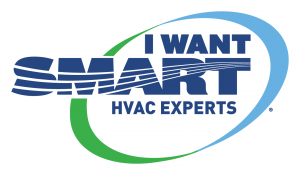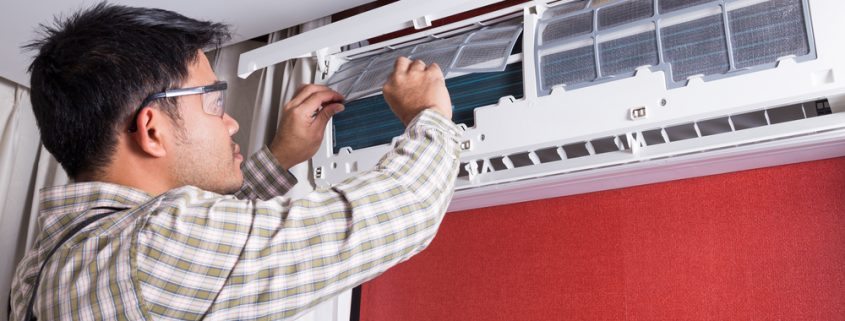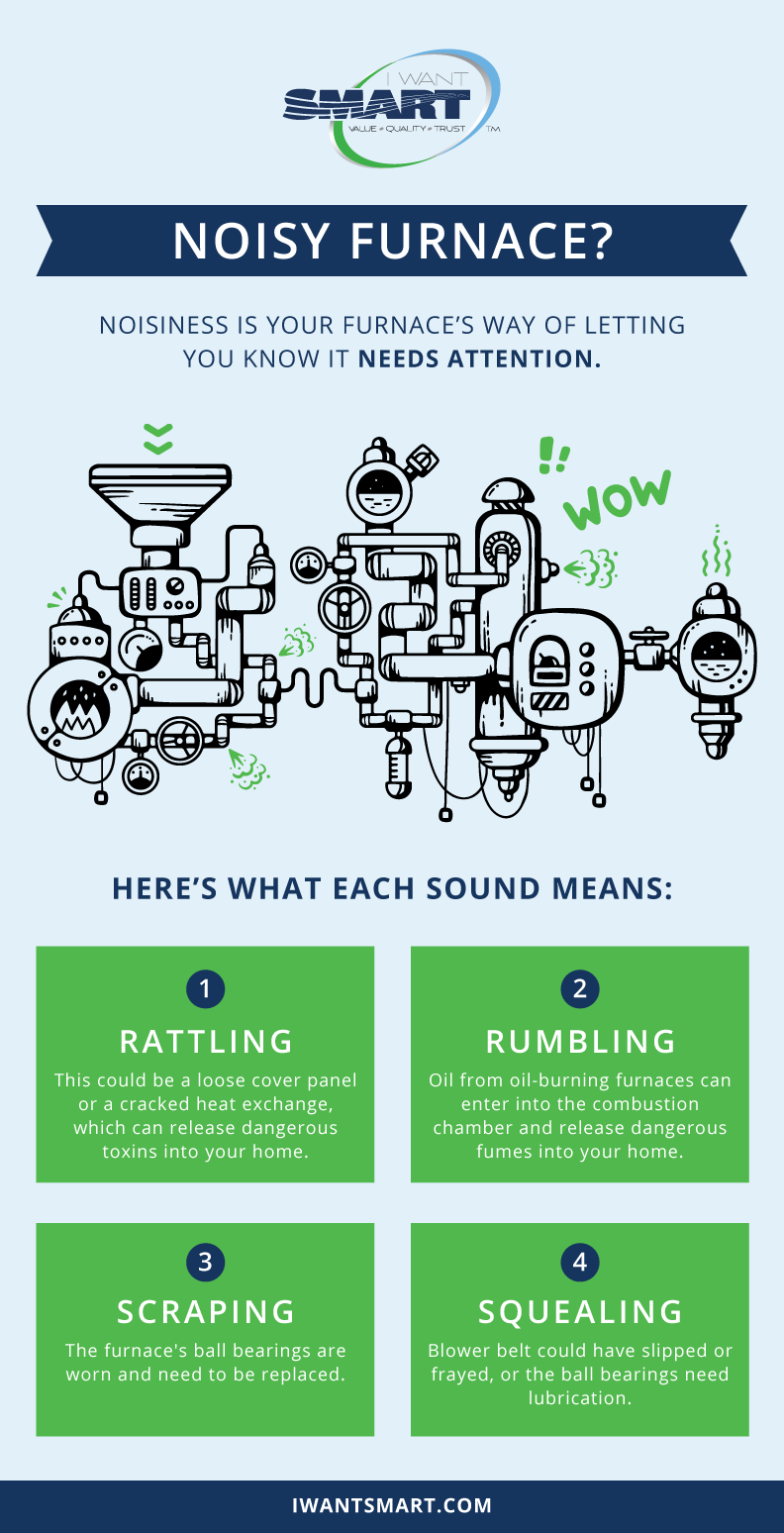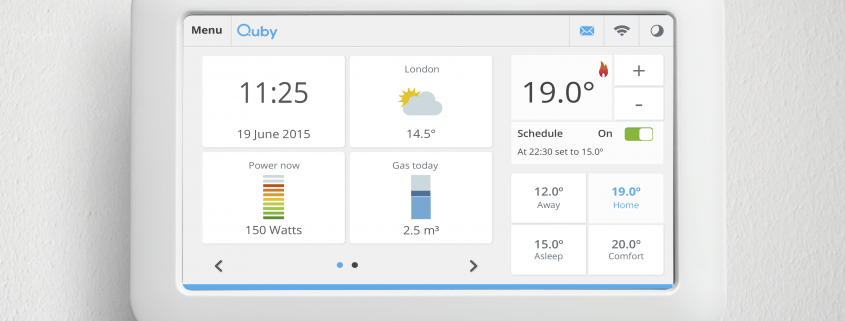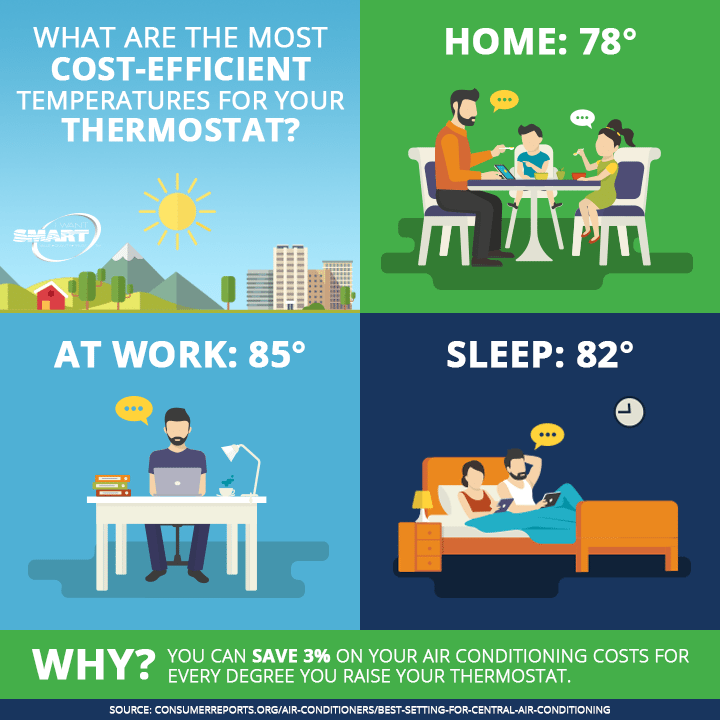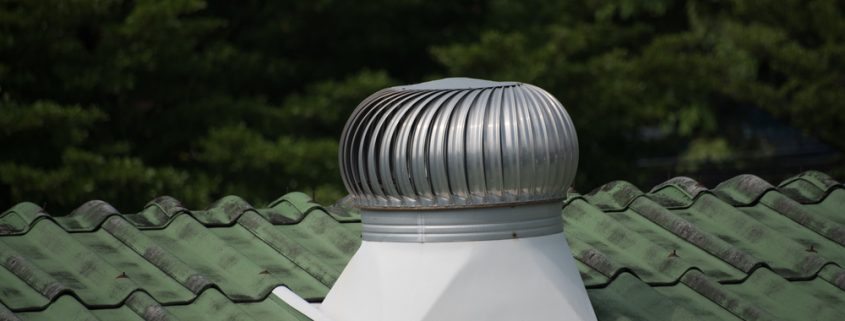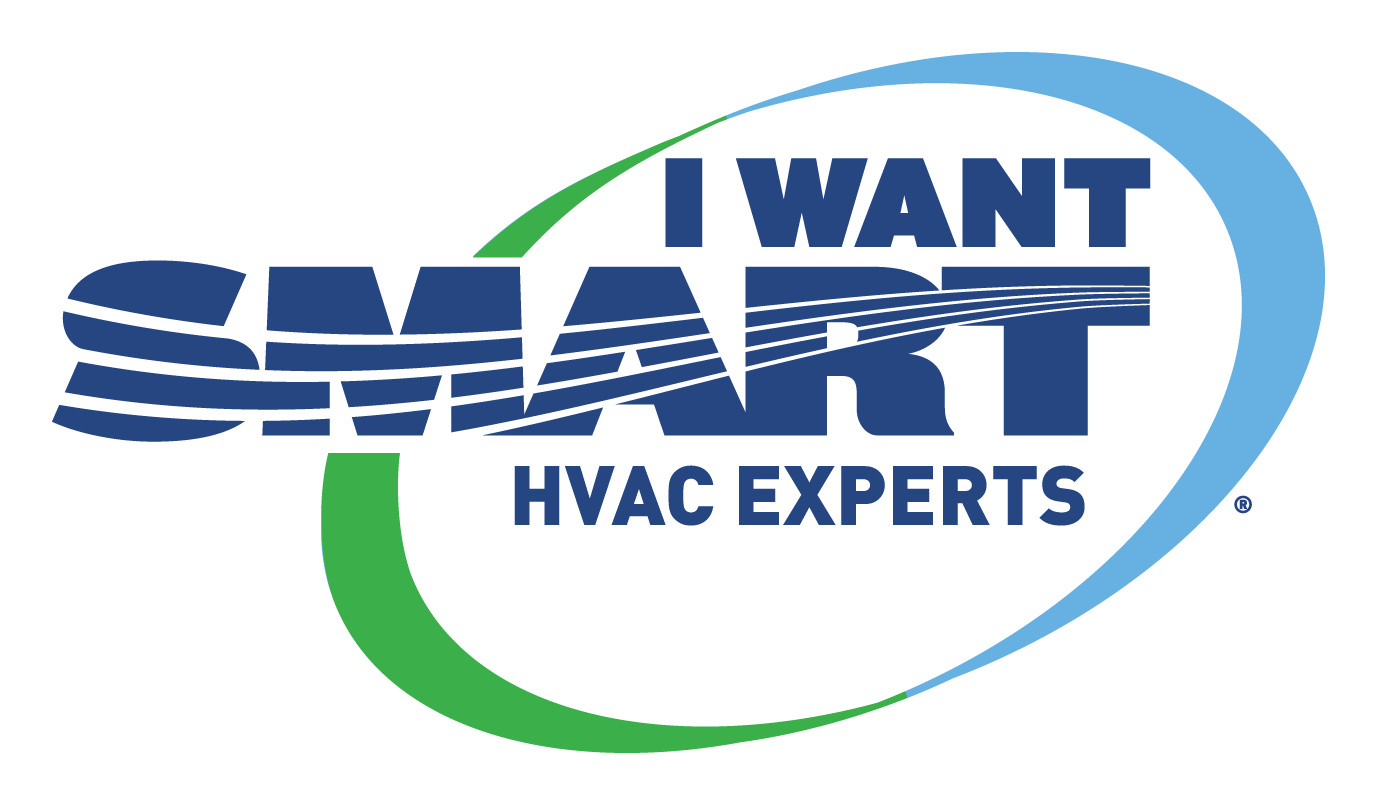Stop Winter Allergens in Your Home
When it comes to seasonal allergies, most people know the ins and outs of the Spring and Fall allergy seasons. People may not know, however, that those irritable symptoms in the winter can be caused by concentrated allergens in your home or workplace.
Is it possible to have winter allergies?
Yes. Believe it or not, there are irritants brought on by the cold weather and enclosed living conditions. Mold, dust mites, pet dander, and dust are some of the most common irritants during the winter months. Without the ability to open your windows and let some fresh air inside, all of these air pollutants build up in your air ducts and filters.
Are you suffering from indoor allergens?
Side effects of winter allergies can often mirror the common cold. However, the common cold should only last around 10 days, so if your symptoms are continuous you might be suffering from indoor allergies. Coughing, sneezing, watery and itchy eyes, runny noses, dry nasal passages, bloody noses, and dry skin conditions can all be related to indoor irritants.
What can I do to lessen my allergy symptoms?
There are many things that you can do in your own home to decrease those winter blues. Simple things you can do to stay proactive are dust, change your bedding and vacuum frequently. This cuts downs on dirt, dust, dander and dust mites. The next step is to make sure your house has a whole home humidifier to keep the climate from getting too dry. Most humidifiers today include an automatic humidifier control that will automatically adjust to outdoor temperatures to maintain optimal levels of relative humidity indoors. If you suffer from dry skin a whole house humidifying system can really help regulate the climate more efficiently in your home.
Air ducts can capture dust and pollutants that blow through the vents and travel throughout your home. Households that deal with seasonal allergies should look into getting whole house filtration systems. There are many high-efficiency filtration products available today. See your SMART Contractor for more information.
Finally, remember to contact your SMART provider to perform regular maintenance on your heating system and air filters. A simple system check and/or cleaning can do wonders for your home!
